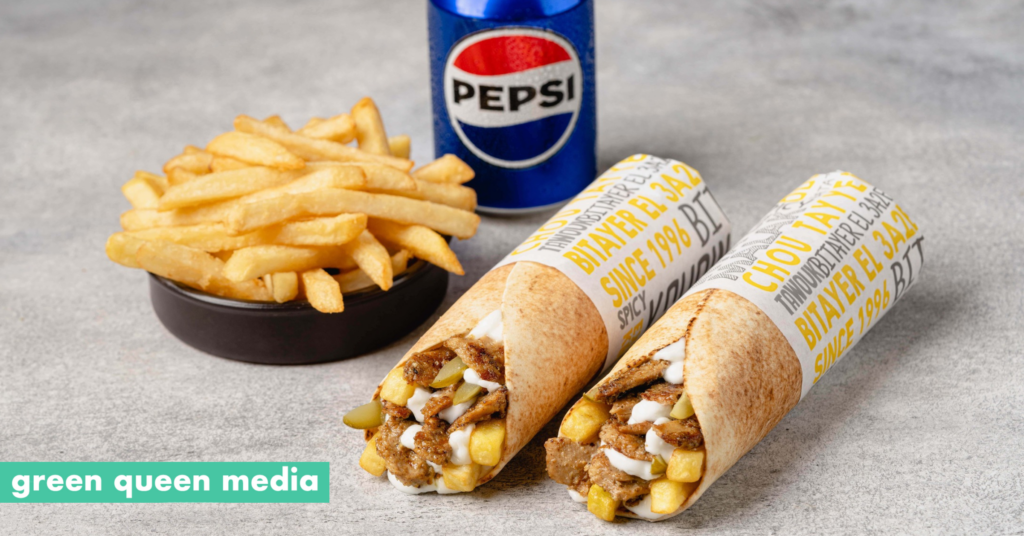This Collection supports and amplifies research related to SDG 2, SDG 3 and SDG 12.
Plant-based meat and meat products encompass food products engineered to replicate or serve as substitutes for animal-derived meat, utilizing exclusively plant-based ingredients. These products can include formulations such as burgers, sausages, ground meat alternatives, and chicken substitutes, among others. They are typically composed of, but are not limited to, diverse plant-derived proteins, including soy, wheat gluten (seitan), pea protein, or mycoprotein. These proteins are combined with additional ingredients, such as alternative fats, to closely mimic the sensory properties—taste and texture—of traditional meat.
The alternative fats are substances formulated to replicate the sensory and functional characteristics of animal fats in food products while concurrently decreasing or eliminating their caloric content. These ingredients are employed to produce low-fat or reduced-fat variants of food items, ensuring that the texture, flavor, and mouthfeel are preserved. They can be produced from plant oils/lipids, carbohydrates, and proteins using various processing technologies.
We welcome Original Research Articles and Reviews on, but not limited to, the following topics:
- Comparison or combination of common or new ingredients from different sources to produce alternative fats, such as various plant oils, including palm oil, olive oil, canola oil, etc.; various carbohydrates, including gums, maltodextrins, cellulose derivatives, starch derivatives, etc.; and various proteins, including soy, peas, mycoprotein, etc.
- Methods to produce alternative fats, including the restructuring process of plant oil into oleogel or emulsion gel; the development of hydrogel and bigel; the process of microparticulation to create tiny, spherical particles of protein or carbohydrates; studies on the ingredients and techniques of 3-D printing; and other relevant methods.
- The application of these alternative fats in the plant-based meat product system, focusing on interactions with other ingredients to improve stability; the health aspects of the products; consumer acceptance of these alternative fats; the shelf life of the alternative fats; and other relevant elements.



